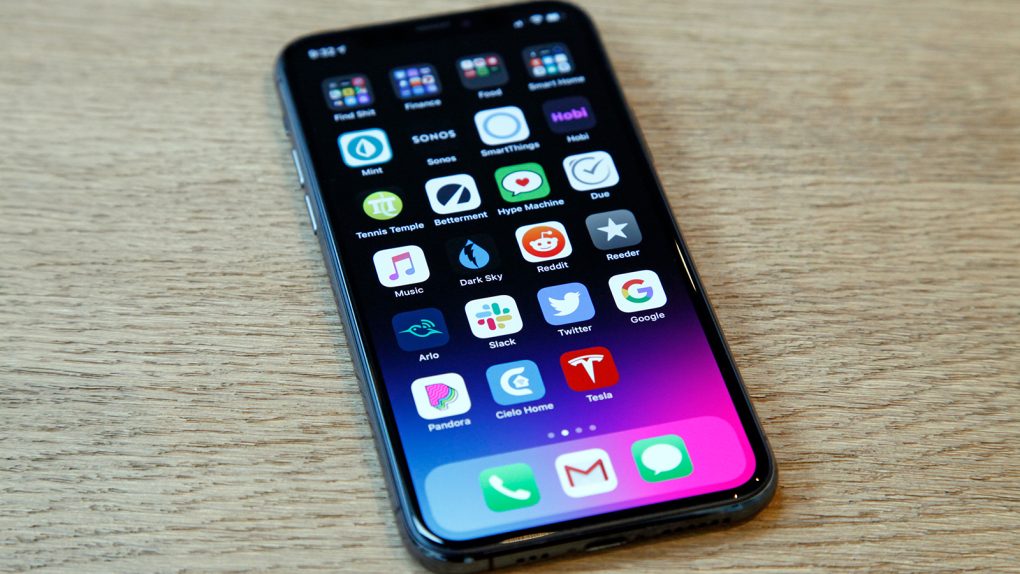As I approached my eighteenth birthday, I was so excited about getting my driver’s license. I just couldn’t wait to enjoy the freedom that having a driver’s license affords. I had also always loved cars and driving came naturally to me; most kids are nervous about taking their driving tests, but I knew I would ace it. I did. Of course, skill is one thing but judgment is something entirely different. For example, if I had better judgment at the time, I wouldn’t have gotten behind the wheel at 4am after a long night of partying just a few weeks later, and I wouldn’t have totaled my father’s car by falling asleep at the wheel and wrapping it around a tree.
It was a pretty big life lesson for me at the time, but it also could’ve have easily ended much worse, especially if I had hit another car instead of a tree. Instead, I managed to walk away with just a few scratches on my face from the airbag. Had a passenger been in the car, however, he or she might not have been so lucky. It was scary, and incidents like this are far more common than it should be among drivers young and old. Now, however, there’s a new free iPhone app in Apple’s iOS App Store that might help prevent accidents like this from occurring.
Before I go any further, I should state that the new iPhone app Keep Alert is not intended for use while driving. As the app’s developer clearly states, it should never be used while driving or while operating heavy machinery. Of course, that disclaimer is there for liability reasons, so do with it what you will.
So, what does Keep Alert do? Why it keeps you alert, of course! This free iPhone app uses the same complex 3D facial recognition tech that enables Face ID on the iPhone X, iPhone XR, iPhone XS series, and iPhone 11 series to monitor a user’s alertness. If the user starts to doze or show signs of decreased alertness, it plays a blaring alarm. Be careful of that alarm when you test the app — as people in this Reddit thread discovered, it’s quite loud by default but can be changed from within the app’s settings.
By the way, it’s absolutely insane that functionality like this isn’t built into most cars at this point.
The app’s developer says that it’s meant to be used while studying or performing other stationary activities that are safe, but again, that’s due entirely to liability issues. I wish something like this had existed back when I was 18, and I wish I had been smart enough to use it.
You’ll find the full description from Keep Alert’s App Store page below, along with a link to download it for free.
Disclaimer: Since Keep Alert only monitors features on a user’s face, it may not always be indicative of a user’s alertness. In order to ensure personal safety and the safety of others, users must only use this app in safe conditions free of potential harm.
Acceptable Use Examples
-In a classroom or lecture setting
-While studying or reading
-While completing stationary leisure tasks
Never Acceptable
-While operating a motor vehicle
-While operating machinery
Note that due to the requirement of the TrueDepth Camera (Face ID Sensor), Keep Alert’s full functionality is only available on an iPhone X or newer (iPhone X, iPhone XR, iPhone XS, iPhone XS Max, iPhone 11, iPhone 11 Pro, iPhone 11 Pro Max).
—
Keep Alert utilizes artificial intelligence in combination with the iPhone X/11 TrueDepth Camera to monitor your face and alert you when your alertness has been disrupted (such as when a user closes their eyes). It also monitors several other factors such as blinking speed, head position, and eye gaze to predict when a user may have decreased alertness.
How it works:
-Place phone in a secure location pointing towards your face and click “Begin Session”. The indicator in the upper right hand corner will let you know if Keep Alert detects your face.
-Keep Alert uses a combination of the TrueDepth Camera and Front Facing Camera to monitor values relating to the position of different points on your face.
-During the first few minutes of a session, Keep Alert establishes baseline thresholds for several factors such as head position, blink frequency, and blink speed.
-If Keep Alert detects that a user may have decreased alertness, it will audibly warn the user. This is due to a combination of several factors such as a slower blink speed, stationary eye and head position, and increased blink frequency.
-If at any point does a user close their eyes or nod their head forward, Keep Alert will audibly alert the user that their alertness has been disrupted.
-To end the session, click “End Session”. Note that at the end of a session, all data is deleted and at no point does personal data leave the device. See privacy policy for more details.
Keep Alert also has a feature called Illuminate Mode in which the phone screen illuminates a users face and thus allows Keep Alert to function in low light conditions.








